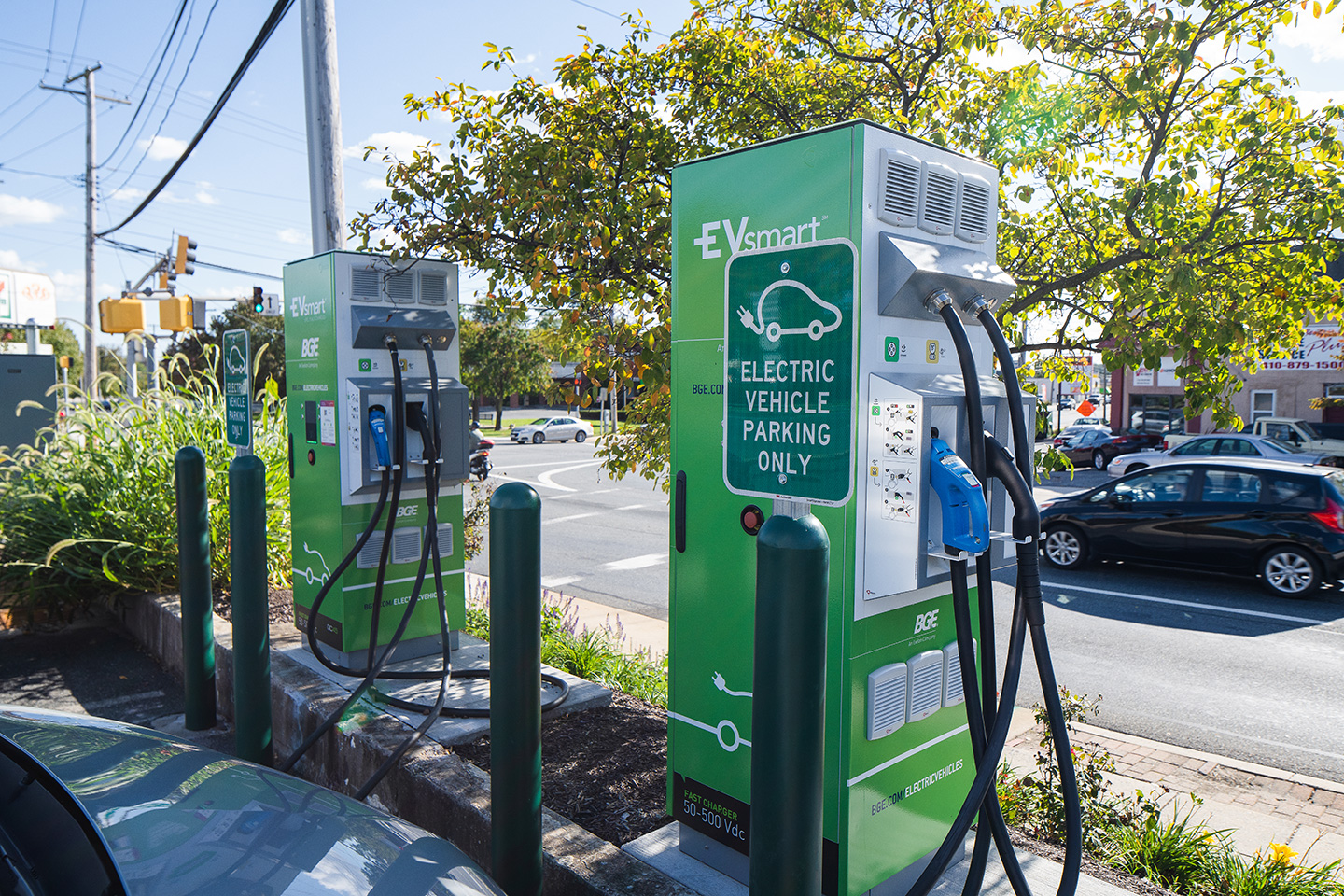My parents saw tremendous change in automobile technology spanning from the 1930s to the last vehicle they drove, and we are continuing to see that evolution at an increasingly faster rate. But now we are approaching a watershed moment in which the changes would not just be confined to the vehicle itself, but to almost every aspect of transportation.
Electric Vehicles (EV)
While luxury automakers presently dominate the EV market, traditional automakers are in hot pursuit. Consumers are coming onboard with EV, with continued increase in travel range, improved aesthetics, high safety ratings, and affordability. Personally, I expect the electric version of Ford’s F-150 (the most popular full-size truck in the U.S.) to be the catalyst to mass conversion. With no oil changes, 80% less moving parts than combustible engines, higher towing capacity, and a driving range that will rival some of the most well-known EVs today, there is much to like about this truck. Granted, there will not be overnight conversion to EV, but I can see EVs taking a good 25% to 30% of the market over the next 10 years.
We are approaching a watershed moment in which the changes would not just be confined to the vehicle itself, but to almost every aspect of transportation. ”
John Adams
The U.S. power grid couldn’t handle 100% EV today. We will need to substantially improve the power grid as well as increase charging station infrastructure. Unless dynamic wireless charging technology advances, in which case stationary charging stations will go the way of beta video tapes, don’t expect this to happen, as automotive original equipment manufacturers (OEM) are focused on stationary wireless charging stations, with an eye on dynamic charging research. While almost all the automakers are rolling out a line of electric vehicles, I think it will be hybrids (combination of combustion and electric) that carry us to an all-electric fleet. The hiccup right now: air-conditioning, which is a big battery drain and range reducer. It will take some advanced research and development to find a solution to this challenge.
 EV charging stations are becoming more common in densely populated areas, as well as areas with many traditional gas stations.
EV charging stations are becoming more common in densely populated areas, as well as areas with many traditional gas stations.
Connected Vehicles (CV)
Connective technology that ties our vehicles to their surrounding infrastructure, including mobile devices, is critical to reducing accidents on roads and improving system efficiency. The technology known as vehicle-to-everything, or V2X, is relatively inexpensive compared to what is needed to achieve vehicle autonomy. CVs use short range communication with their surroundings to identify hazards or provide information. The communications are omnidirectional, able to provide a 360-degree assessment of a vehicle’s surroundings, including objects that are out-of-sight for the driver. Issues to be overcome prior to mass acceptance include privacy concerns, security, and data ownership.
Autonomous Vehicles (AV)
When will we stop driving? Every transportation specialist has their own answer. I recall a few years ago, experts saying we will have fully autonomous (Level 5) cars on the road by 2020. Well, that may have been too ambitious. Many of the EVs we see on the roads today are Level 2. Others claim it won’t happen until post-2050. Given recent advances in technology, this prediction seems too far out. When President Kennedy announced in May 1961 an ambitious goal of sending an American safely to the moon by the end of the decade, scientist barely had a clue as to how to make that happen. Where there is a will, there is a way, and there is a lot of will behind AV, and not just American will. Around the world, governments, automakers, and technology firms are spending billions of dollars to get there, so I have no doubt it will happen.
The bottom line is that market acceptance and cost will dictate when that happens. Products will have to demonstrate reliability, consumers will need to get comfortable with it, and prices will have to drop. The changes in living that AV could bring to the elderly, disabled, and young are enticing, not to mention improvements in commuting, law enforcement, healthcare, education, trucking, evacuations, and the natural environment, including noise, water, air, and wildlife. It will not be an easy road to get there. Issues related to liability, government regulation, and security will have to be tackled. Accidents will happen, but will be less than with human drivers, and, in theory, should diminish over time. As AV vehicles come online, I can see stretches of highway corridors, sections of downtown areas, and certain arterials in suburban areas having AV-allowable zones, which will transition us to the next generation of travel.
What’s next? Flying vehicles? Maybe. But for the foreseeable future, the next-generation vehicles described above (with tires on the ground) will transition from alternative to mainstream. And as time goes by, driving and owning a car will become less important to most people. Maybe then we’ll see the rise of subscription vehicle services.